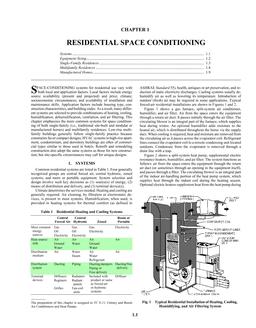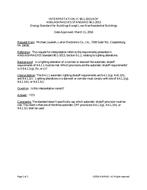During heating of a water heater tank, the vertical temperature stratification of the water can be increased or decreased, depending on the method of heating. Methods that increase stratification during heating include (1) removing cold water from the tank bottom, heating it, and re-introducing it to the tank top at relatively low flow rate, (2) using a heat exchanger wrapped around the tank, through which heating fluid (with finite specific heat) flows from top to bottom, and (3) using an immersed heat element that is relatively high in the tank. Using such methods allows for improved heat pump water heater (HPWH) cycle efficiencies when the heat pump can take advantage of the lower temperatures that exist lower in the tank, and accommodate the resulting glide. Transcritical cycles are especially well-suited to capitalize on this opportunity, and other HPWH configurations (that have been proposed elsewhere) may benefit as well.
This work provides several stratification categories of heat pump water heater tank configurations relevant to their stratification potential. To illustrate key differences among categories, it also compiles available experimental data for (a) single pass pumped flow, (b) multi-pass pumped flow, and (c) top-down wrapped tank with transcritical refrigerant.
Citation: 2016 Annual Conference, St. Louis, MO, Conference Papers
Product Details
- Published:
- 2016
- Number of Pages:
- 8
- Units of Measure:
- Dual
- File Size:
- 1 file , 1.3 MB
- Product Code(s):
- D-ST-16-C058


